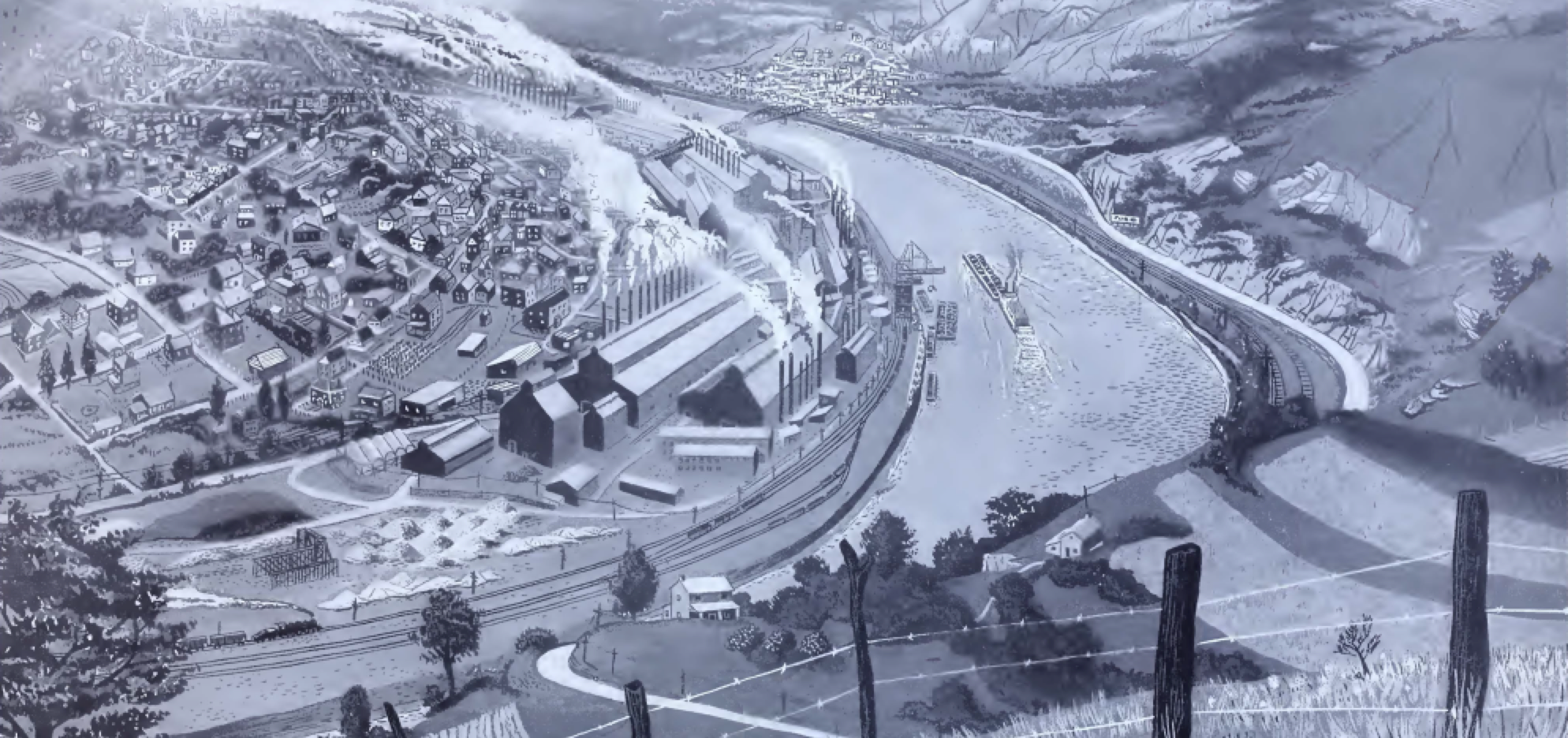Our scientists tell us that the Donora episode was a rare phenomenon. We hope and pray it will never recur. This study by the Public Health Service into the Donora episode, the most exhaustive ever made on a problem in air pollution, is a step toward positive assurance that such a thing will not happen again.
Oscar R. Ewing, Director of Federal Security Agency (now the U.S. Department of Health and Human Services)
Such were the words introducing a study of the health of Mon Valley residents ten years after the Donora Death Fog, a tragedy of historic proportions. Six days of deadly smog in late October 1948 in Donora, a small mill town in southwestern Pennsylvania, served as a wakeup call for US politicians, business owners, and the public at large about a dangerous and growing problem —air pollution.

The tragedy moved President Harry Truman, elected November 2, just two days after the smog ended, to create the first-ever national conference on air pollution, the United States Technical Conference on Air Pollution. The event was held at the Wardman Park Hotel in Washington, DC, on May 3–5, 1950. Five hundred representatives from a cross-section of industries attended the event to discuss air pollution and set up ways to study its effects on health.
“It is my hope,” said Truman, “that the exchange of specialized information which takes place at the [conference] will contribute toward prompt initiation of corrective measures.”
Physicians, scientists, and officials of the US Public Health Service ended up completing a follow-up study on Donora ten years after the smog, and in it they they examined mortality and morbidity rates for cardiovascular and respiratory illnesses in residents who survived the smog. They found that the sicker a person was during the smog, the greater the likelihood that they would suffer heart or lung disease or die.

The researchers were unable, however, and possibly unwilling, to identify specific toxins responsible for the increase in disease and death rates among residents.
Unable, because there simply wasn’t known about the health effects of air pollution in general to identify which toxins produced which diseases. “Although the Donora data do point to some effects on the cardiorespiratory system,” the researchers wrote, “they do not provide the means for relating particular pollutants to specific symptoms. Without such specific information it is difficult, if not impossible, to distinguish between those persons whose disease conditions conceivably could be due to exposure to air pollution from persons whose disease conditions are due to other factors.”
Perhaps unwilling, because even if the researchers harbored strong suspicions about the causes, to put to paper those suspicions would likely have caused damage to their careers. One didn’t criticize industry like that, not at that time and certainly not behemoths like US Steel, which owned all of the mills in Donora.
In the 75 years since the Donora Death Fog happened and the 65 years since the follow-up study there have been hundreds, if not thousands, of studies on the health effects of air pollution, and yet significant air pollution continues to exist around the world, including here at home. The most recent State of the Air report from the American Lung Association indicates that the top ten worst cities for air pollution, in this case yearly particulate matter, are:
- 1 (tie): Bakersfield and Visalia, CA
- 3: Fresno-Madera-Hanford, CA
- 4: Los Angeles-Long Beach, CA
- 5: Fairbanks, AK
- 6: Sacramento-Roseville, CA
- 7 (tie): Medford-Grants Pass, OR, Phoenix-Mesa, AZ, and San Jose-San Francisco-Oakland, CA
- 10: Indianapolis-Carmel-Muncie, IN

Please remember the lessons of the Donora Death Fog and support clean air legislation whenever it comes up, nationally or in your home state.
To learn more about the worst air pollution disaster in US history, check out my book, Donora Death Fog: Clean Air and the Tragedy of a Pennsylvania Mill Town.


Leave a Reply